Seasonal Update
We continued to see significant rainfalls across most of QLD last week and some for Northern NSW, little of any consequence across the rest of NSW and VIC. However, the 8-day forecast sees a mass of tropical moisture that will pass over central and southeastern Australia, causing widespread rain and thunderstorms in multiple states and territories, including a large swathe of the Murray Darling Basin.
Moisture associated with Ex-Tropical Cyclone Esther will be carried towards southeastern Australia during the coming days by jet stream winds flowing high above Australia. This plume of moisture-laden air will interact with a broad trough of low pressure, generating rain and storms on multiple days along a corridor stretching from the Kimberley down to eastern VIC.
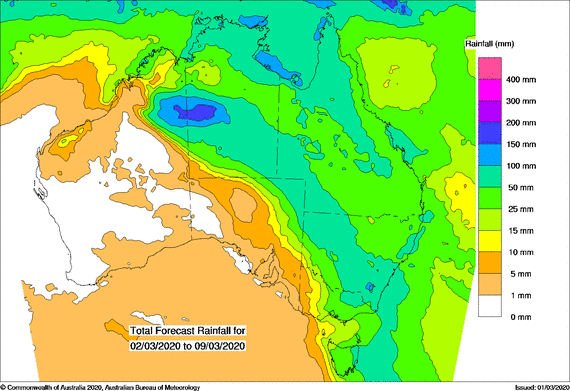
Figure 1: BoM 8-Day Rainfall Forecast.
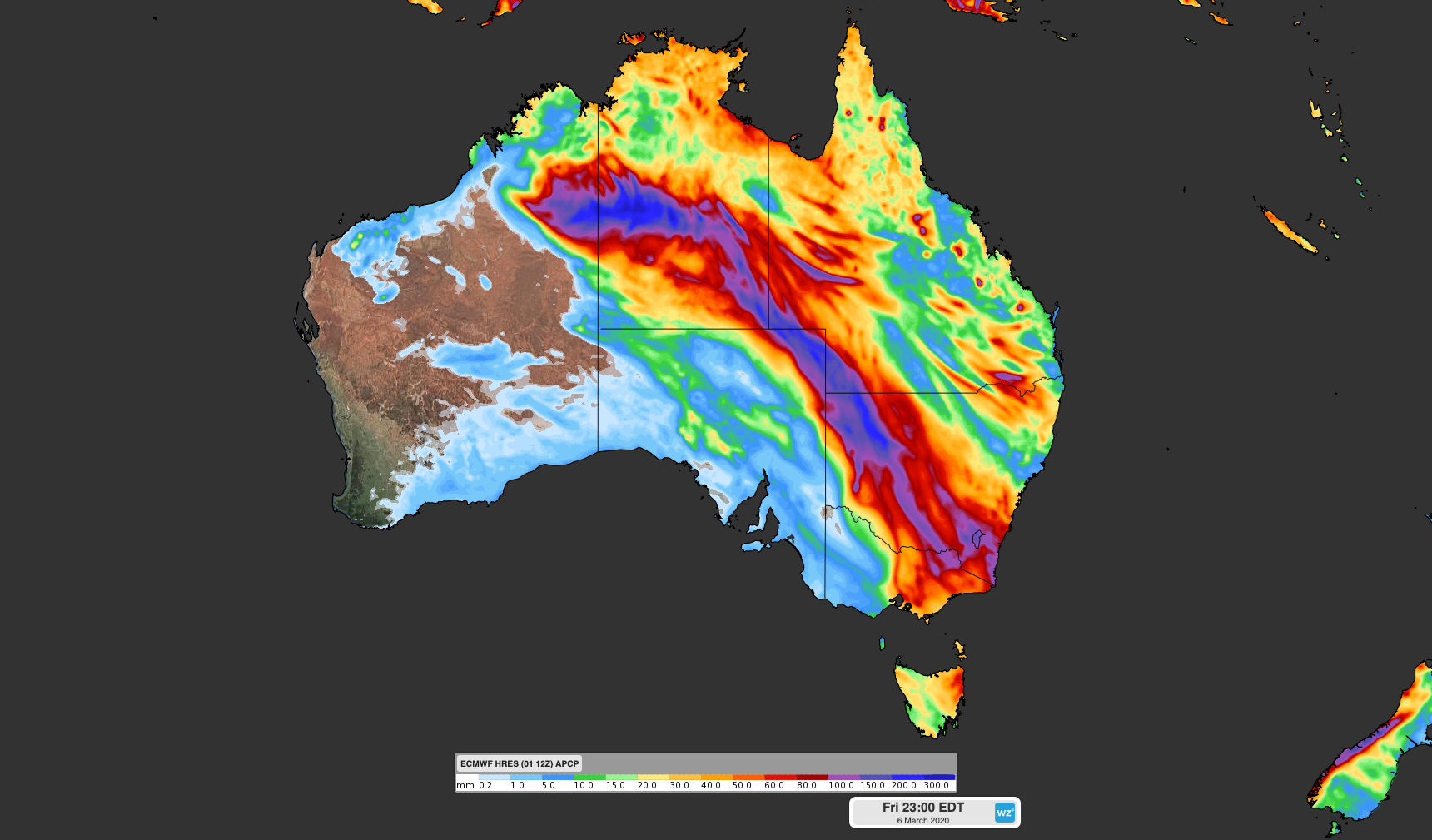
Figure 2: Forecast Rainfall European Centre for Medium-Range Weather Forecasts (ECMWF) HRES Model
Trading and Marketing
The fodder market is very responsive to rain and with recent falls occurring in many regions around the country over the last few weeks (at long last), demand has quickly softened. The Atherton Tablelands, Darling Downs, North Coast NSW, Central West NSW and the Bega Valley have all reported some reasonable rain events, albeit patchy in some instances. The obvious benefit from the rain has been a start in the growth of home-grown feed but equally, a lift in optimism. Those outcomes have seen hay/fodder demand quickly soften and, in some cases, we are now hearing of loads of hay that had been purchased/committed to but not yet delivered, wanting to be cancelled. Not surprisingly, feedlots and larger livestock enterprises are maintaining their commitments.
We have witnessed some significant price changes this week as a result of demand softening, particularly in the Atherton Tablelands, Darling Downs and North Coast NSW. There have been further price changes in other regions also, but less pronounced than these areas.
The concern for some regions, particularly around the southern parts of the country, is that this rain is early for an autumn break, and to get maximum benefit, it will need to continue into March and April.
Whilst supply is still relatively tight in some regions, the drop in demand has taken immediate pressure off the system and the outlook is more optimistic that supply will continue to meet demand. The caveat on this is of course a continuation of rain. If the ‘tap is turned off’ now, the situation could quickly revert back to problematic for supply and whilst we may only be on the cusp of autumn, planning for winter and corresponding fodder reserves is already factoring into the thinking of some growers and end-users.
It is reported that there are still very good supplies of straw in the system, especially out of VIC. As a result, we have seen softening of straw prices this week across several regions.
Prices
Prices have eased in the region recently:
- Cereal hay: -$5 ($290-$350/t), range narrowed.
- Lucerne hay: -$165 ($550-$600/t), very little trade occurring.
- Straw: -$55 ($120-$140/t)
- Pasture hay: +/-0 ($360-$390/t), remains steady but minimal trade occurring.
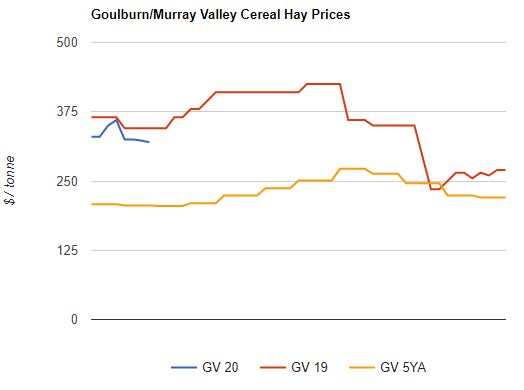
Figure 3: Goulburn/Murray Valley Cereal Hay Prices from Dairy Australia
Pictures of New Season Crops
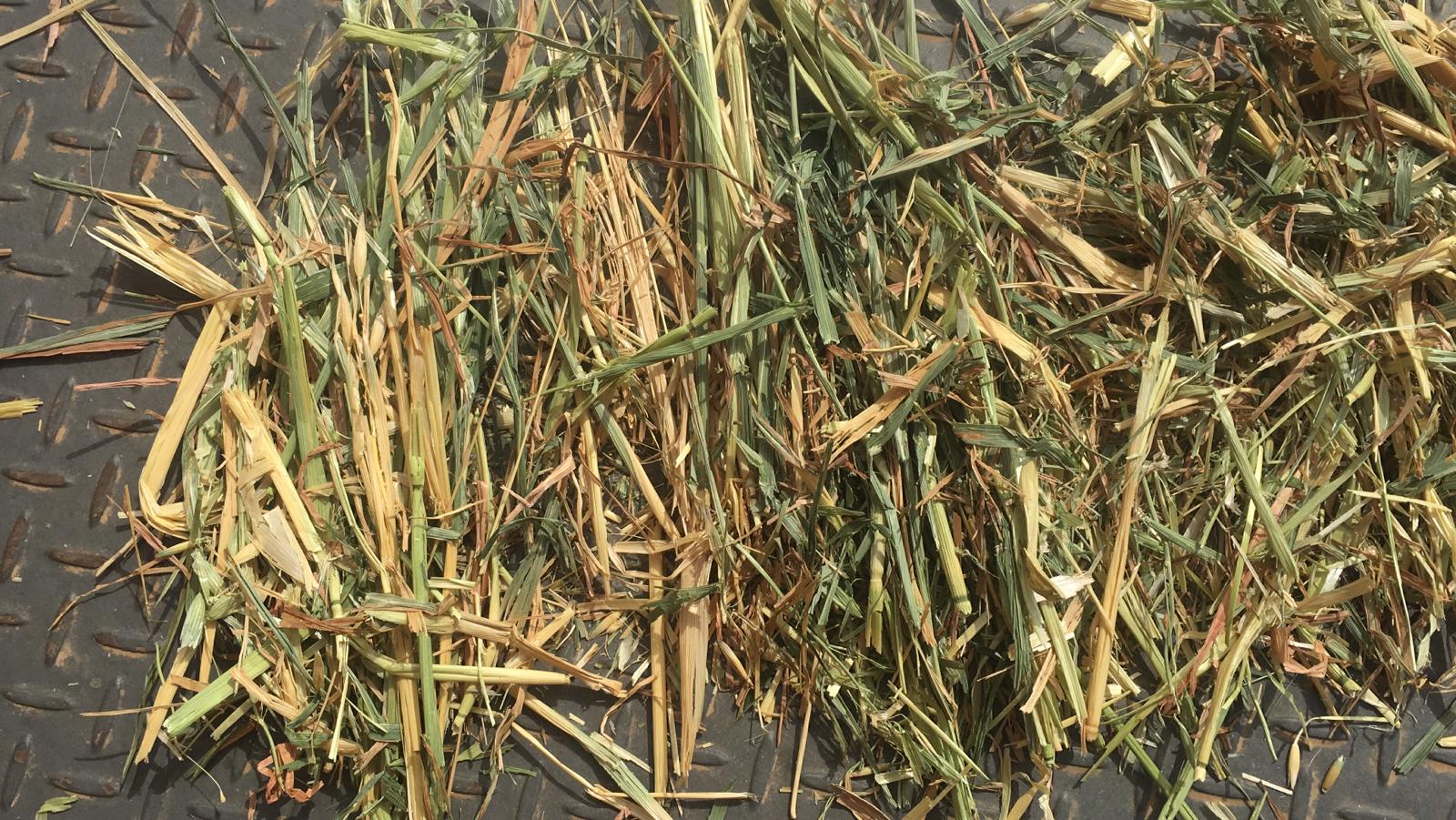
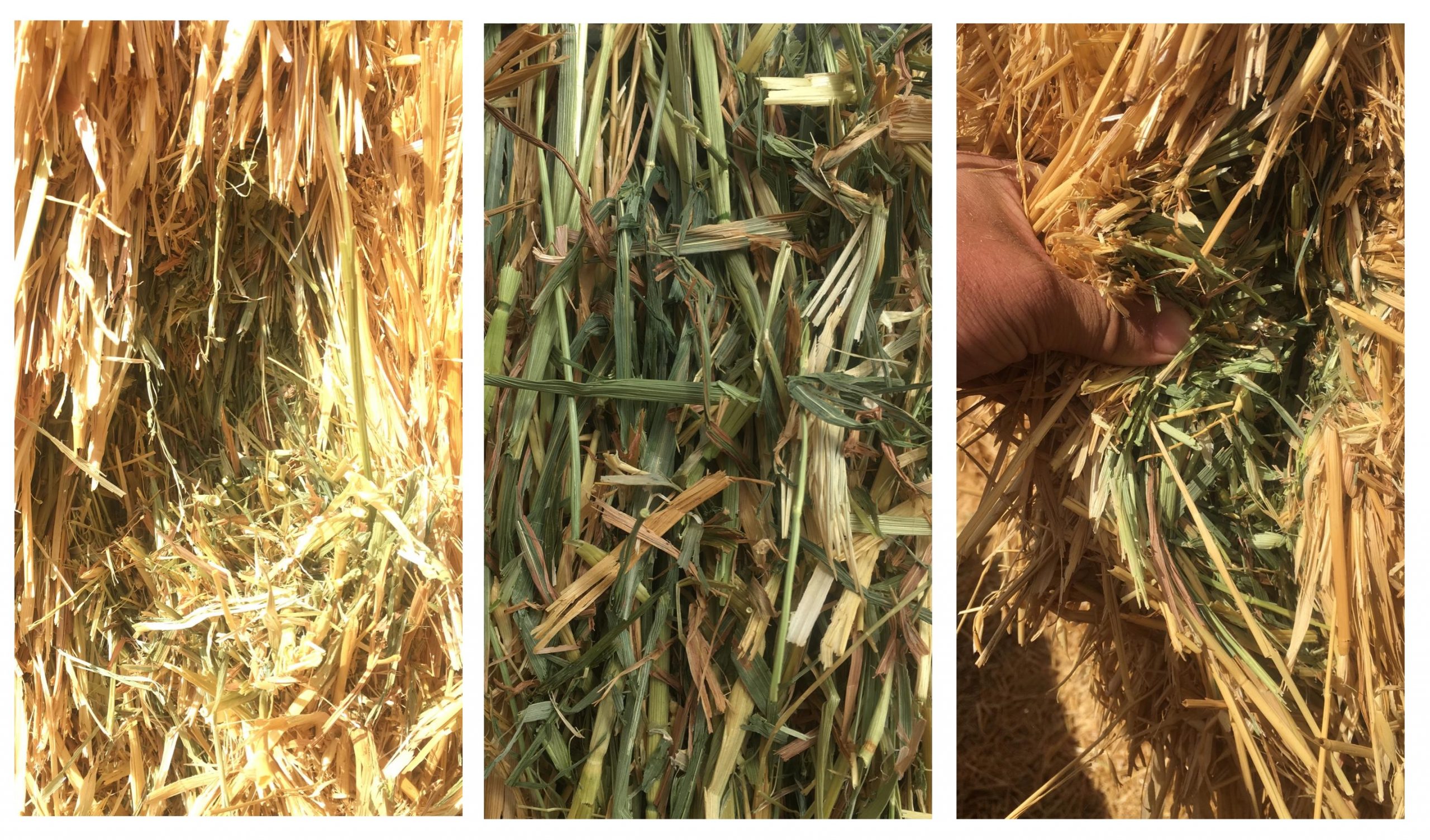
Hay: Oaten Hay
Specifications: Shedded 85MT, typical of some smaller parcels going to the market at the moment.
Location: Echuca, VIC
Sources: Bureau of Meteorology, Elders Weather, Dairy Australia, WX Maps, Lachstock Research, Weekly Times, Grain Central, Mecardo Expert Market Analysis & Feed Central, Wingara AG Limited.
By Kane Dempster, Wingara AG.
